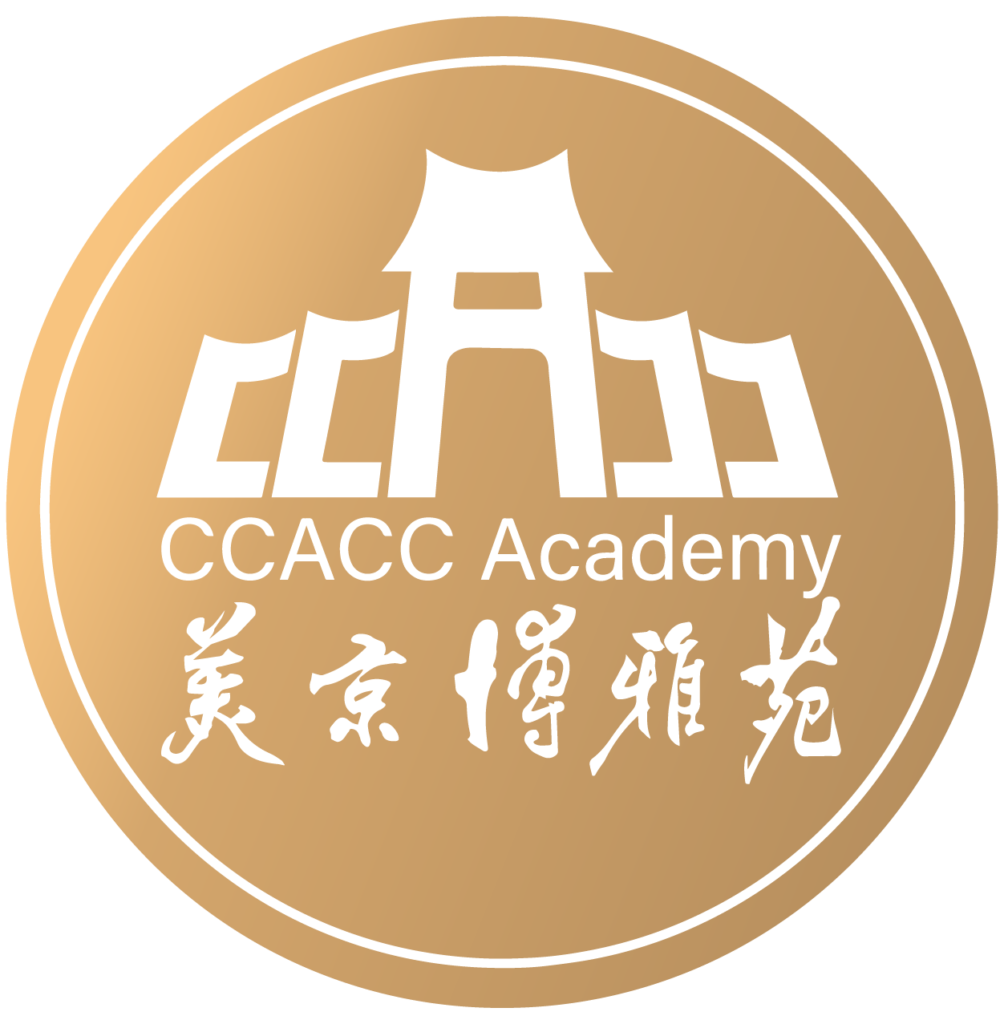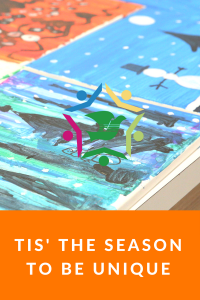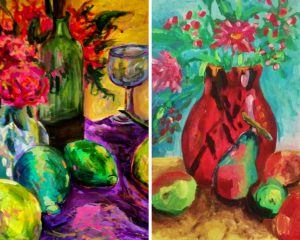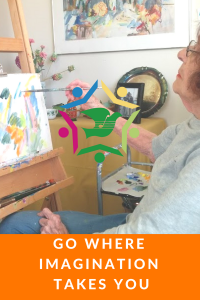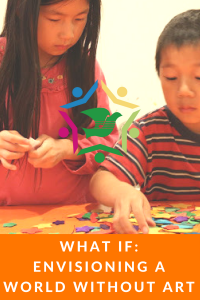Around the holiday season classrooms and homes are riddled with festive construction paper décor, the occasional pompom attached, all projects looking essentially the same. On Halloween a perfectly round jack-o-lantern with triangle eyes or black bat, a hand turkey for Thanksgiving, a red or green ornament meant for a tree, or a perfectly piled white snowman for winter. It is tempting for parents and instructors alike to utilize follow the instructor, “cookie-cutter” craft projects” (Cheryl Trowbridge, Teach Kids Art) with children.
Programs that conduct these step by step projects, do not fully develop the creative and artistic ability of the student and while the finished work may be wonderful home décor, these lessons are actually creativity and individuality killers. Several successful art schools thrive on individuality killers, touting success based on the finished product. However, we believe that a strong educational program, particularly an art program, is one that helps each student to fully express their unique selves.
Our goal is to celebrate the joy of individuality at the same time as we celebrate the holidays. Because as Avraham Aderet, a scholar, said,
“Each person has a unique value that does not stem from socio-economic standing or talents and abilities; rather, from being a human being that bears from birth a divine spark that is unique, a spark which was thrust upon on by the authority of the rule of consequence, and which one is responsible for EXPRESSING and actualizing in one’s short life.”
There is no better way for a person to express their “divine spark” than through one of a kind art. And perhaps, the holidays, a time typically spent with loved ones, is the best time to celebrate the uniqueness of each person and how they contribute to each of our lives.
If you are looking for a quality art education program join us at the Washington Cathay Future Center for visual arts classes that enhance artistic skill and creativity and adapt the lessons to meet the needs of the individual.
